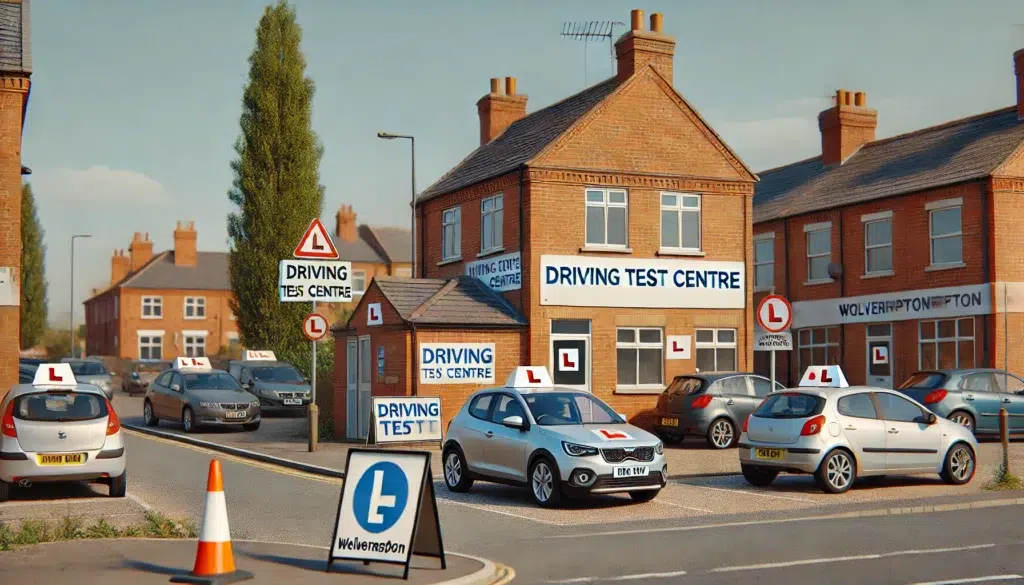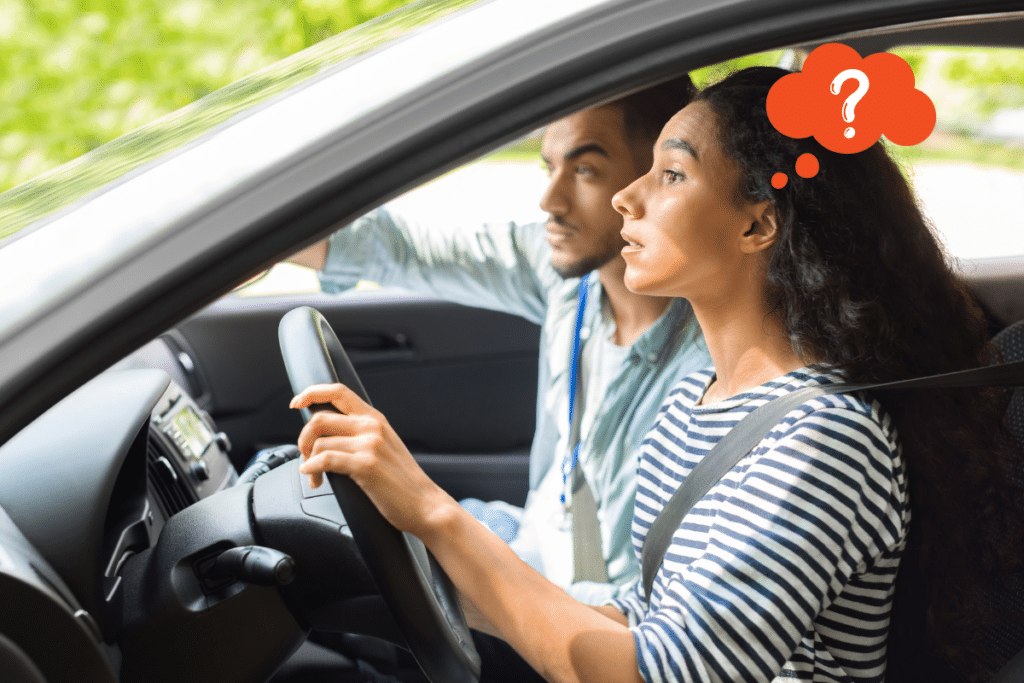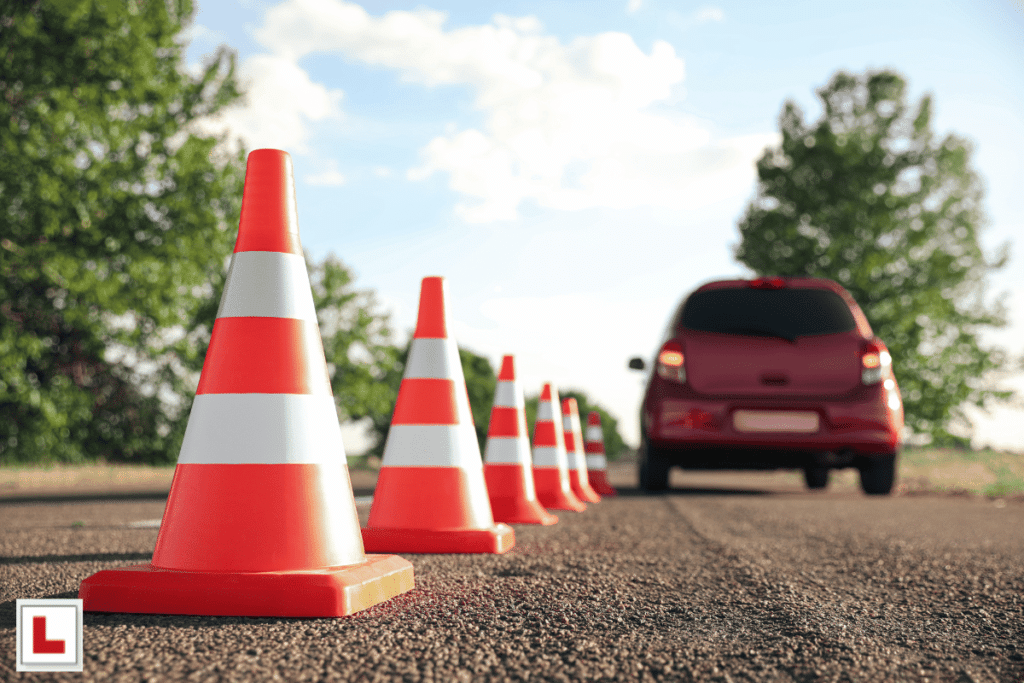Test Centre
Wolverhampton Driving Test Routes & Centre Guide UK
Wolverhampton Driving Test Centre Review Check out my review of the Wolverhampton driving test centre to learn more about the driving test facilities, where to…







